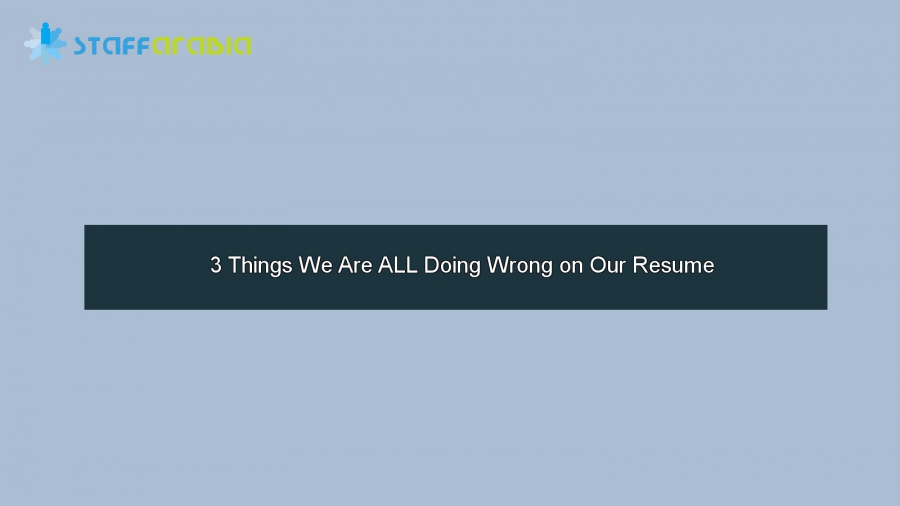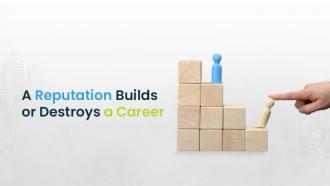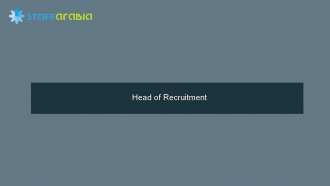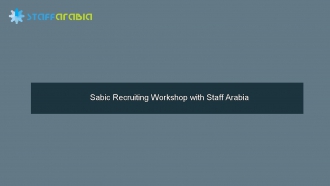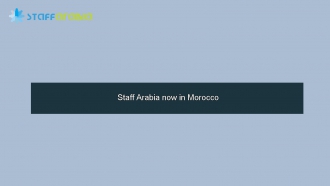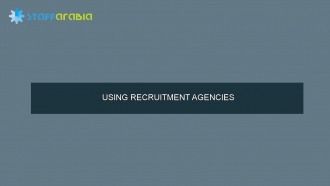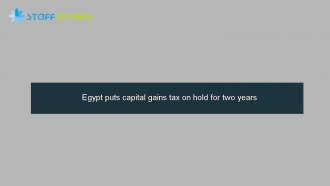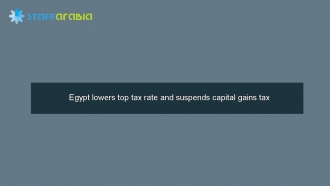
Getting a foot in the door as a designer, a writer or any other kind of creative can seem like a daunting challenge. Sometimes, it seems like only fate can intervene and get you the job of your dreams. Weeeellll, not necessarily. As the founder of Behance and Vice President of Products-Community at Adobe, Scott Belsky knows a thing or two about hiring in the creative industry. He’s also a speaker at Re:Make 2015 in San Francisco this year (get your tickets here!).
We asked him to share some star-making qualities applicants have to have to score a job in the field. Some of his answers are good reminders while others? Whoa. Others are things you might have been doing wrong for years. We broke down the biggest things missing from your rez and confirmed a few conventions that are absolutely 100 percent true about what makes a kickass resume, portfolio or interview.
1. You’re being too humble.
There’s one place where bragging is appropriate, and that’s in your job application. Of course, done right, it won’t read like bragging at all. “As for marketing oneself, doing so is uncomfortable,” Scott tells us. “But the most productive creative professionals are seasoned at telling a story that motivates their clients and partners, and ensuring that their strengths are understood.”
2. You’re thinking TOO far outside the box.
Many think being a creative means you have to be waaaaay out of the box. Scott says that’s not necessarily true. “The most common mistake we see people make is getting too ‘original’ with their portfolio structure and, as a result, visitors or recruiting companies will struggle to navigate through their work,” he warns. Keep it straightforward at times. That’ll really let your work shine.
3. You’re only showing finished projects.
Too often, we think that all the work we produce needs to appear #flawless. That may be true for end products, but Scott suggests showing your works in progress as well. “In my opinion, the best projects in a portfolio also reveal some process as well—perhaps stages of production or an ‘unused’ section at the end,” Scott says. “When hiring creative talent, it is helpful to understand HOW someone works.”
Resume and Portfolio Truths to Remember
1. Show that you have initiative.
We’ve all heard employers say they’re looking for self-starters. According to Scott, that’s absolutely the truth. “I look for creative people with a history of taking initiative in what is interesting to them, and are able to market themselves. Past initiative is the best indicator of future initiative,” Scott says.
2. Tell a story.
Part of being a creative is the ability to relate the human experience through craft. “Successful portfolios tell a story,” he says. “They are not just a smattering of images or tiny snapshots. On the contrary, they reveal process and personality. I suggest including both macro and close-up shots of the final work,” he adds.
3. Prove that you’re organized.
While a messy desk may encourage creativity, portfolios need to stay neat. “Successful portfolios are also organized,” Scott tells us. “Within each project in your online portfolio, a visitor should see the brief or goal you started with, and then a collection of media that represents the outcome.”
4. Show your whole spectrum of talent.
Your portfolio should represent your capabilities in full. “In aggregate, a collection of projects showcases your style and breadth of talent,” he says. “Including personal projects is also important; they show your passion and initiative for the craft.”

